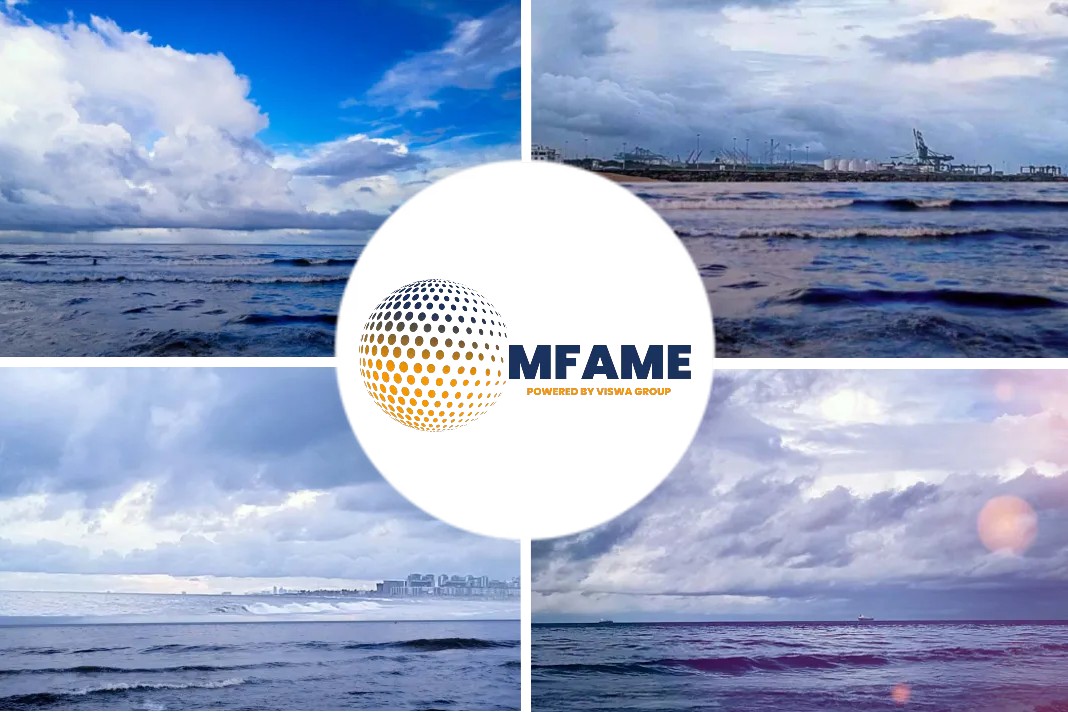- DNV GL’s upgrades its Hull Software to support IACS requirements.
- It will have advanced tools for structural analysis.
- Nauticus Hull V20 has been developed in coordination with shipyards and shipping companies.
Recently, a major upgradation of DNV GL’s Nauticus Hull software was done. The new version has an unique user-friendly interface which provides a powerful modelling and rule checking option to the users. The upgraded software will comply with the the new DNV GL rules and IACS requirements. It covers the IACS Common Structural Rules for Bulk Carriers and Oil Tankers with capabilities such as, simplified rule-check, scantling calculations, advanced tools for finite element structural analysis, along with DNV GL rules for classification of ships.
Effectivity of the new version
“We are very pleased to see Nauticus Hull V20 go live,” says Geir Dugstad, Director of Classification at DNV GL – Maritime. “With this new version we have a very efficient rule calculation tool on the market. Nauticus Hull V20 enables increased approval efficiency, quality and superior design support, and is another big step in making the DNV GL rules the industry’s preferred standard.”
The hull scantling design program “Section Scantlings” has been completely renewed with modelling, analysis and result viewer integrated into one user environment. In addition, new functionality for prescriptive cross section calculations has been added – including bow impact, ice class, and connection area requirements. With changing ship rules and IACS requirements, this has become essential for efficient hull design development.
Readily Available To all
The Nauticus Hull V20 which will be available to all customers having a valid supporting agreement, has been developed in cooperation with major shipyards and ship designing companies so that, it can reflect the actual requirements of the shipping industry. This has allowed DNV GL to work with designers and approval engineers to smooth out any barriers to efficient use of the tool. They are even offering training courses to keep users abreast with modern technology.
In the next phase of development, DNV GL will open up the software’s functionality to different types of ships and streamline the work process.
Did you subscribe for our daily newsletter?
It’s Free! Click here to Subscribe!
Source: DNV GL


























